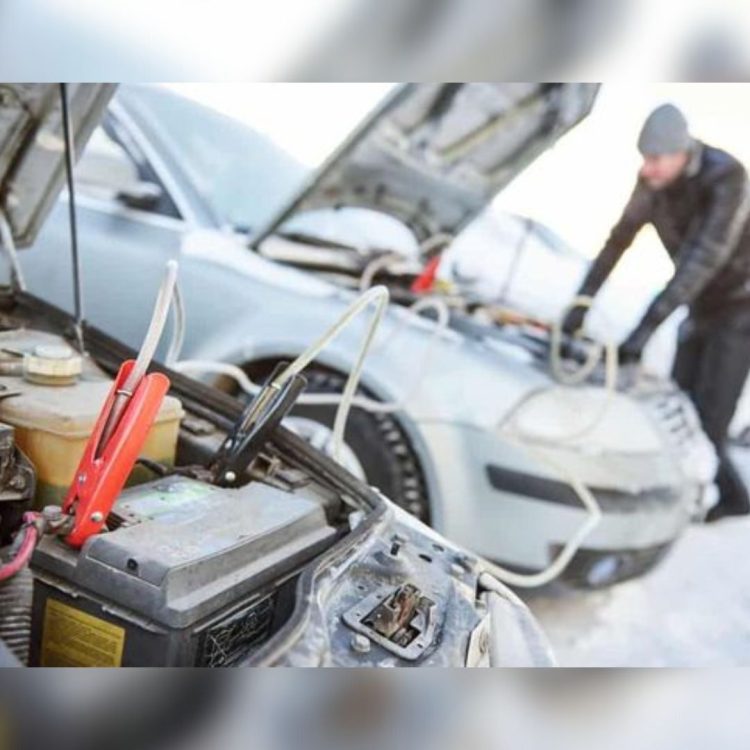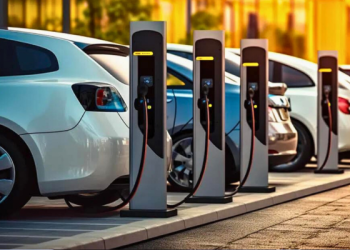When it comes to taking care of the battery in your car, the water level is an important thing to think about. Over time, the water in your car’s battery can dry up, which can hurt the battery or make it work less well.
In this article, we’ll look more closely at the water for your car’s battery and talk about when to use it and when to change it to keep your car’s battery in good shape.
First of all, you should know that not all car batteries need water. Some batteries, called “sealed batteries,” don’t need to be taken care of and don’t need water. But many car batteries are made so that water can be added when needed. These batteries are often found in older cars and some high-performance cars. They are called “flooded” batteries.
If your car has a flooded battery, you should check the level of water in it often and add more as needed. The water level in the battery of your car should be just below the filler neck.
If the water level is too low, it could hurt the battery or make it work less well. If the water level is too high, however, it can cause the battery to overflow, which could damage your car’s electrical system.
To put water back into the battery of your car, you will need to use distilled water. Minerals and other things that are in tap water can hurt the battery and make it work less well. Because it is clean and free of impurities, distilled water is the best choice for recharging your car’s battery.
Notably, keeping the water level in your car’s battery at the right level is important to keep it running well and to make it last longer. By checking the water level often and adding distilled water as needed, you can help your car’s battery last as long as possible in good condition.















